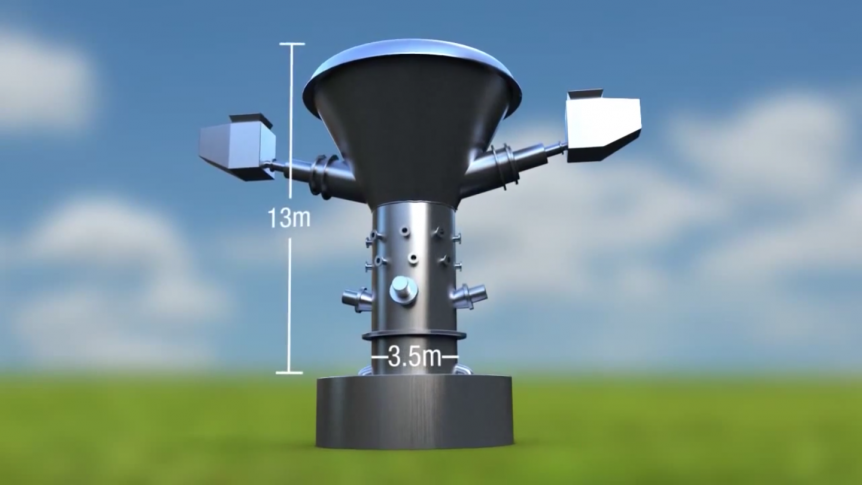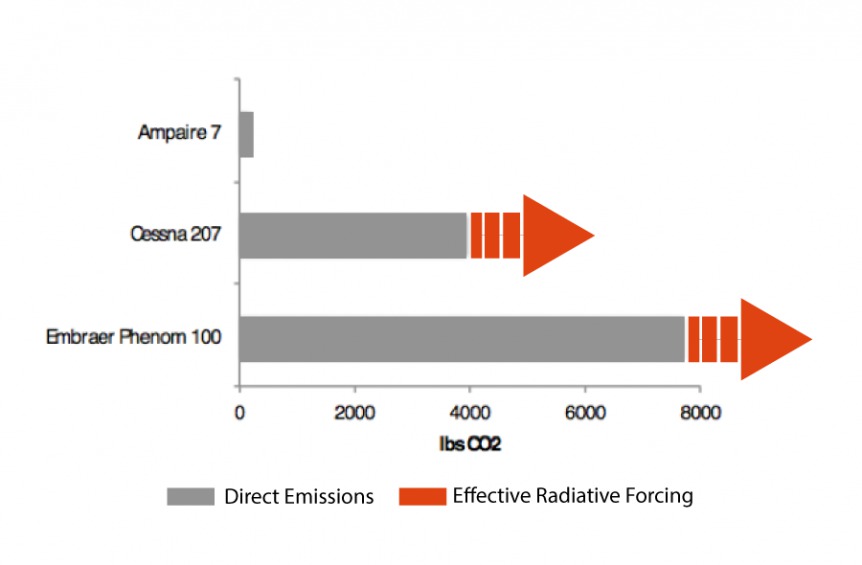What if we could make “clean” hydrogen from plain water, with none of the problems associated with coal, oil or gas extraction and the waste byproducts produced in extracting brown or blue H2? Several approaches such as artificial leaves have been developed, but a totally different new approach seems incredibly promising. A promising approach may lead to greener-than-green hydrogen. The Race to Invent the Artificial Leaf Varun Sivaram, in his book Taming the Sun discusses how Nate Lewis at Caltech and Daniel Nocera at Harvard “determined to find a way to wring fuel out of thin air.” Each has created an “artificial leaf” that emulates the photosynthesis performed naturally by real leaves. A real leaf is far more complex than one would imagine, and the chemical interactions inside even more so. For all that, photosynthesis is only one percent efficient. “A commercially viable artificial leaf would solve several of the trickiest challenges in clean energy. It would create a way …
Ampaire and its Zero Emission Airplane
Ampaire, a California-based startup, has a simple, two-fold set of goals. Its TailWind™ aircraft will solve the problems of high operating costs for short-haul airlines and reduce emissions by 99 percent. They must make a compelling argument since they won one of ten awards at the recent the 2017 Hello Tomorrow Global Summit Deep Tech Challenge in Paris. Kevin Noertke, CEO of the firm, presented a brief but energetic rundown on the company’s goals and the elegant aeronautical offering he and co-founders Cory Combs (CTO) and Ryan Bilton (CFO) envision. Note the crowd, the band, and the high production values of the Summit. Your editor wondered about the “Powered By” reference to Airbus. Kevin cleared that up in an email. “The ‘Powered by’ statement is a phrasing Hello Tomorrow uses to describe where their sponsorship funding came from. “For example: “ONE €100K GRAND PRIZE: For the best early-stage startup – Equity-free, no strings attached – Powered by BNP Paribas …
Combining the Best Features of Balsa Wood, Ceramics and NERF®
California Institute of Technology (CalTech) floats this imaginary trial balloon to elicit interest in a new material developed by materials scientist Julia Greer and her colleagues. “Imagine a balloon that could float without using any lighter-than-air gas. Instead, it could simply have all of its air sucked out while maintaining its filled shape. Such a vacuum balloon, which could help ease the world’s current shortage of helium, can only be made if a new material existed that was strong enough to sustain the pressure generated by forcing out all that air while still being lightweight and flexible.” Not only are the scientists achieving the strong, lightweight part of the equation, they are “on the path” to making their new material “non-breakable” and able to return to its original size and shape when squished. As described in her talk shown above, she and her group turned to architectural solutions, only making their bridge-like trusses at the nano scale – where things …
Solar Cells – All That Glitters Need Not Be Gold
The search for less expensive solar cells drives many lines of research these days, with trends toward smaller collectors and less expensive materials leading the way. Many solar cells use gold and other pricey metals to provide junctions within the cell structure. Gold closed Friday at $1,204.00 per troy ounce on the London Metal Exchange, and nickel at $10.01 per pound. That would make gold worth $17,558 per avoirdupois pound (14.583 troy ounces per pound), or 1,754 times more expensive than nickel. According to Gizmag, University of Toronto investigators found that substituting nickel for the previously used gold as collection contacts in their colloidal quantum dot solar cells provided equal performance, at a 40 to 80-percent drop in solar cell prices. Following that math, current pricing of solar cells such as Ascent’s thin film units at $6.00 per Watt could drop to $2.40 to $1.20 per Watt; near the $1.00 per Watt goal many cell makers have long sought. …


